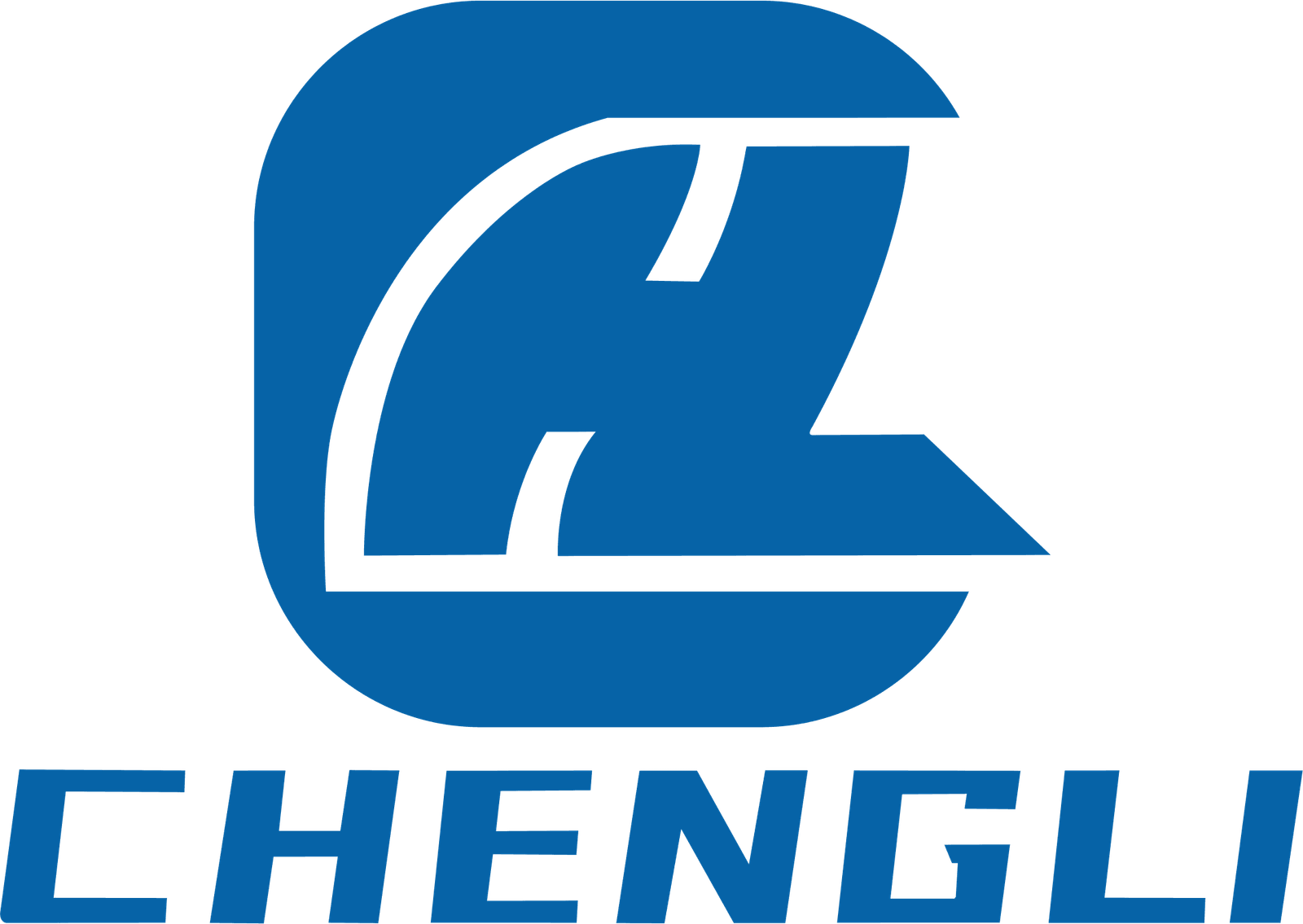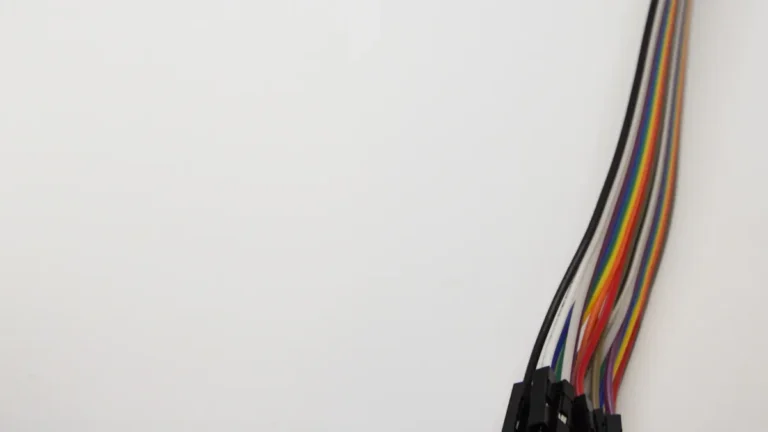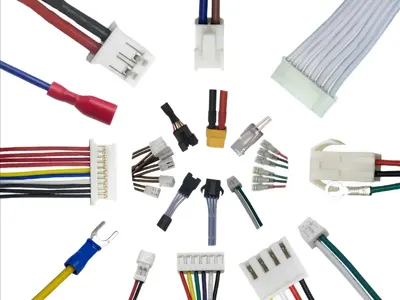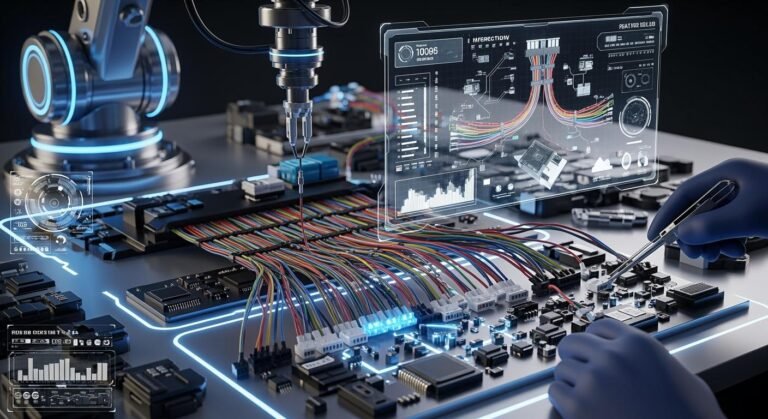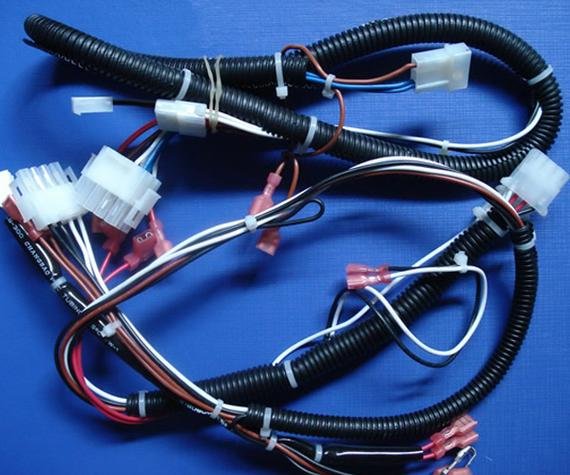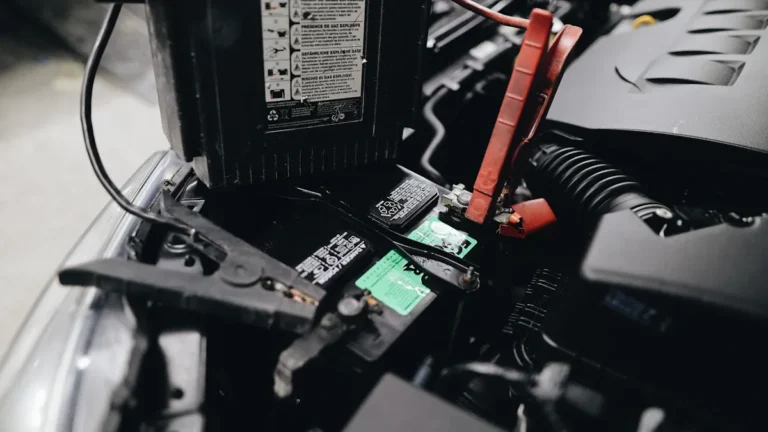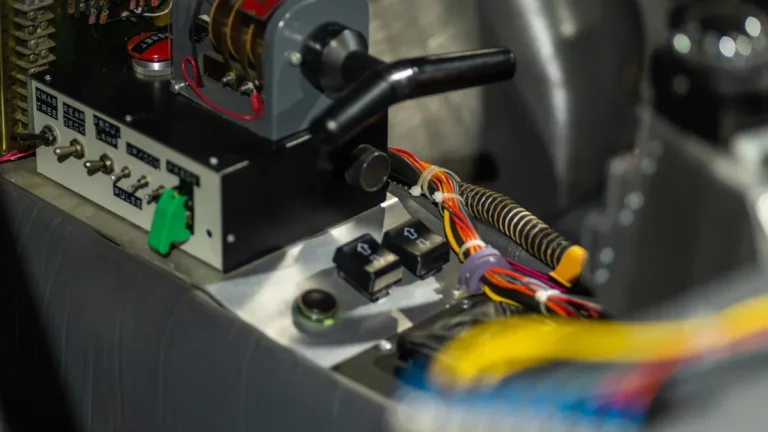Automotive Cable Assembly Design and Testing

When you choose an Automotive Cable Assembly, you expect safety, reliability, and compliance every time. Robust design and precise testing make this possible. Yueqing Chengli Electronic Technology Co., Ltd. stands out as a trusted manufacturer with global certifications. Their expertise ensures your assemblies meet strict industry standards and deliver dependable performance for every application.
Key Takeaways
Choose materials and connectors that fit your vehicle’s needs for safety, durability, and performance.
Test every cable assembly carefully using visual, electrical, mechanical, and environmental methods to catch defects early.
Use automated testing and detailed documentation to keep quality high and track every step of production.
Follow global standards and certifications like ISO 9001 and IATF 16949 to ensure your assemblies meet strict quality and safety rules.
Strong design and thorough testing save time, reduce costs, and build trust with customers and partners.
Design

Materials
Selecting the right materials is the foundation of a reliable Automotive Cable Assembly. You must consider electrical performance, durability, and safety. Industry standards such as SAE International, ISO 9001, RoHS, and IATF 16949 guide your choices. These standards ensure that every material meets strict requirements for quality and environmental safety.
Here is a quick comparison of common materials:
Material | Advantages | Disadvantages |
|---|---|---|
Copper | Excellent conductivity, strong, reliable | Heavier, higher cost |
Aluminum | Lightweight, cost-effective | Lower conductivity, needs larger diameter |
Nickel-plated | Corrosion resistance, durable | Higher cost, specialized uses |
PVC | Flexible, flame retardant, low cost | Releases toxic gases when burned |
CPE | Flame, chemical, and abrasion resistant | Moderate flexibility, medium cost |
LSZH | Low smoke, minimal toxic gas, flexible | Higher cost |
Polyurethane | Abrasion resistant, flexible | Poor flame resistance unless treated, higher cost |
Fluoropolymers | Chemical and UV resistant, wide temperature range | Higher cost, moderate flexibility |
You should match the material to your application’s needs. For example, copper wires offer the best conductivity, while LSZH jackets provide safety in case of fire.
Connectors
Connectors play a critical role in the performance of your Automotive Cable Assembly. You need connectors that ensure secure, stable, and corrosion-resistant connections. Popular choices include:
Metri-Pack connectors for excellent sealing and heat resistance.
AMP Superseal connectors for reliability in harsh environments.
Anderson connectors for high power and dependable performance.
Weather Pack connectors for full waterproofing and weather resistance.
You should select connectors based on current rating, environmental exposure, and assembly needs. Metal connectors work best for high voltage, while plastic connectors are lightweight and cost-effective for less demanding circuits.
Environment
The operating environment shapes every design decision. You must protect cable assemblies from heat, moisture, abrasion, and vibration. Temperature ratings matter because high heat can change electrical properties. Materials like Polyethylene and PTFE handle extreme temperatures well. Flammability ratings help reduce toxic emissions during faults. You should also look for Ingress Protection (IP) ratings to guard against dust and water. Shielding, such as foil or braiding, protects against electromagnetic interference. Strain relief methods, like overmolding, keep cables secure under stress.
Tip: Always match cable type and connector design to the specific conditions your assembly will face.
Compliance
Compliance ensures your Automotive Cable Assembly meets global standards for safety and quality. Yueqing Chengli Electronic Technology Co., Ltd. holds certifications such as ISO 9001, IATF 16949, UL, and CE. These certifications show a commitment to rigorous quality management, product safety, and environmental responsibility.
Key compliance steps include:
Selecting components that meet automotive standards.
Designing for reliability and safety.
Implementing thorough testing protocols.
Maintaining detailed documentation and traceability.
By following these steps, you guarantee that your assemblies meet both customer and regulatory expectations.
Automotive Cable Assembly Testing

Testing is the backbone of quality for every Automotive Cable Assembly. You need to confirm that each assembly meets strict safety, reliability, and performance standards. By following industry guidelines like IPC/WHMA-A-620, you ensure your products work as intended in real-world automotive environments.
Visual Inspection
Visual inspection is always the first step. You check each assembly for physical defects before moving to advanced tests. Technicians look for:
Improper crimping on terminals.
Loose or misaligned connectors.
Damaged insulation or exposed wires.
Signs of corrosion or contamination.
Note: Visual inspection helps you catch obvious issues early, saving time and reducing costly rework.
Electrical Testing
Electrical testing verifies that your Automotive Cable Assembly performs safely and reliably. You measure several key parameters to ensure proper function.
Purpose/What it Measures | Measurement Tool(s) | |
|---|---|---|
Checks for complete electrical paths; detects open circuits | Multimeter | |
Contact Resistance Test | Measures resistance at connector contacts | Precision meter |
Short Circuit Test | Finds unintended connections causing shorts | Multimeter |
Tests insulation strength under high voltage | Hipot tester | |
Resistance Measurement (Milliohm) | Detects high-resistance connections or poor crimps | Milliohm meter |
You set strict pass/fail criteria. For example, conductor resistance must stay very low, and insulation resistance must reach at least 1 MΩ. You also perform intermittent connection tests by flexing the assembly during measurement to catch hidden faults.
Mechanical Testing
Mechanical testing ensures your cable assemblies withstand the physical stresses found in vehicles. You evaluate:
Contact retention, insertion, and removal forces
Life cycle durability (repeated use)
Pull tests for crimp and terminal strength
Flex and bend tests for cable durability
You use both destructive and non-destructive methods. Pull tests measure how much force the assembly can handle before failure. Flex tests simulate bending and twisting during installation and use.
Environmental Testing
Automotive environments are harsh. You must test your assemblies against extreme conditions to guarantee long-term reliability.
Description / Conditions Simulated | |
|---|---|
Abrasion, Tensile, Fatigue | Simulate wear, friction, and repeated bending |
Expose to hot/cold cycles, humidity, thermal shocks, and sunlight | |
Corrosion (Salt Spray, Gas) | Test resistance to chemicals and salt exposure |
Vibration, Shocks, Falls | Simulate road vibrations, impacts, and drops |
Sealing (Ingress Protection) | Test waterproofing and dust resistance |
Flame Retardant | Assess fire safety of materials |
Sand and Dust | Simulate exposure to environmental particulates |
Electrical Conditions | Test for voltage surges, fast transients, and electrostatic discharges |
You also check for voltage drop under load and material brittleness at low temperatures. These tests confirm that your Automotive Cable Assembly will not fail in real-world automotive use.
Contact Testing
Contact testing focuses on the connectors. You need to ensure each contact point maintains low resistance and strong mechanical retention over time. Industry standards like USCAR and LV214 require:
Temperature cycling and vibration tests
Retention force measurements
Mating cycle testing (repeated connect/disconnect)
Visual inspection at high magnification after testing
You measure contact resistance during and after these cycles. This process ensures that connectors remain reliable, even after years of use.
Tip: Always follow IPC/WHMA-A-620 and related standards. These guidelines help you achieve consistent quality, reduce defects, and meet the demands of modern automotive systems.
Quality Control
Quality control stands at the heart of reliable Automotive Cable Assembly production. You need a system that combines repeated inspections, process control, and traceability. This approach helps you catch defects early, maintain consistency, and deliver assemblies that meet customer expectations.
Automated Testing
Automated testing brings precision and consistency to your quality control process. You reduce manual errors and standardize every step. Modern systems, like Manufacturing Execution Systems (MES), control quality checks such as crimp height and pull tests. These systems transfer control data directly to machines, ensuring each assembly meets strict standards.
Key benefits of automated testing include:
Elimination of manual errors through software-controlled procedures.
Real-time traceability by assigning unique IDs to each wire bundle.
Prompting employees to confirm work steps and input quality data.
Support for just-in-time production and flexible adaptation to custom designs.
Quick identification of affected products in case of recalls.
Automated testing helps you maintain high quality, even with complex or customized assemblies.
Documentation
Accurate documentation ensures traceability and accountability throughout production. You should use a specialized MES to assign unique codes to every wire bundle and kit.
Follow these best practices for documentation:
Update production history at each phase, recording all components, machines, and employees involved.
Enforce quality assurance steps, such as barcode scanning and tool maintenance tracking.
Prompt employees to input quality data and confirm test steps.
Generate standardized production documents and work plans through software.
Maintain a complete history from raw materials to finished products.
These steps help you track errors, manage recalls, and ensure every Automotive Cable Assembly meets your standards.
Certification
Certifications show your commitment to global quality and environmental standards. Automotive industry clients value IATF 16949 certification most, as it focuses on automotive-specific quality management. ISO 9001 also plays a key role in demonstrating strong quality control processes. Certifications like UL and CE further prove your assemblies meet safety and regulatory requirements.
Yueqing Chengli Electronic Technology Co., Ltd. holds these certifications, giving you confidence in every product you receive.
You secure long-term success when you integrate robust design and comprehensive testing into every Automotive Cable Assembly project. The table below highlights the lasting benefits:
Long-term Benefit | Explanation |
|---|---|
Improved Quality and Reliability | Automated error checking and testing reduce errors and boost reliability. |
Reduced Production Delays | Early detection prevents costly delays and rework. |
Enhanced Efficiency | Clear instructions and digital tools speed up assembly. |
Cost Savings | Smart design and quoting lower costs and improve profits. |
Competitive Advantage | High quality and fast delivery strengthen your market position. |
Yueqing Chengli Electronic Technology Co., Ltd. stands out for quality, customization, and global compliance. Leading brands like Haier and Panasonic trust their solutions.
You can review case studies and references to see real results.
You can contact their team for tailored Automotive Cable Assembly solutions that meet your needs.
Take the next step. Reach out to Yueqing Chengli for expert guidance and dependable products.
FAQ
What certifications should you look for in automotive cable assemblies?
You should check for ISO 9001, IATF 16949, UL, and CE certifications. These show that the assemblies meet strict quality and safety standards. Yueqing Chengli Electronic Technology Co., Ltd. holds all these certifications.
How do you choose the right cable assembly for your vehicle?
Start by listing your vehicle’s requirements. Match the cable’s material, connector type, and environmental resistance to your needs. If you need help, Yueqing Chengli’s engineers can guide you through the selection process.
Why is testing important for automotive cable assemblies?
Testing helps you find defects before installation. It ensures that each assembly works safely and reliably. You avoid costly failures and keep your vehicle running smoothly.
Can you request custom wiring harnesses from Yueqing Chengli?
Yes! You can send your samples or technical drawings. Yueqing Chengli will design and manufacture custom harnesses to fit your exact needs. Their team supports you from design to delivery.
